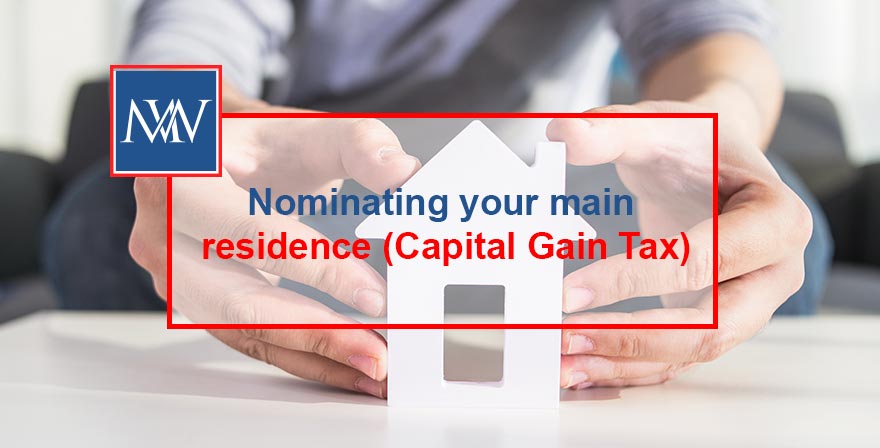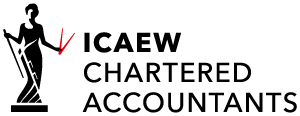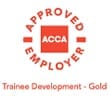
Nominating your main residence (Capital Gain Tax)
Nominating your main residence (Capital Gain Tax)
Private residence relief shelters a gain on the sale of a residence from capital gains tax while the property has been the owner’s only or main residence. Where a property has been an only or main residence at some point, the final period of ownership (currently 18 months but reducing to nine months from 6 April 2020) is also exempt from capital gains tax.
Only one main residence at a time
As the name suggests, the relief is only available in respect of the only or main residence. Thus, where a person has more than one home, only one of those homes can be the ‘main residence’ at any given time.
However, as long as certain conditions are met, the taxpayer is free to choose which property is classed as the ‘main’ residence for capital gains tax purposes – it does not have to be the one in which the owner spends the majority of his or her time.
Only one main residence per couple
A couple who are married or in a civil partnership and who are not separated can only have one main residence between them.
The property must be a residence
Only properties that are lived in as a home can be a ‘main residence’ – a property which is let out can’t be the main residence while it is let.
Making an election
Where a person has only one residence, that residence is their only or main residence. Where they acquire a second residence, they have a period of two years to nominate which residence is the main residence for capital gains tax purposes. Where residences are acquired or sold, the clock starts again from the date on which the particular combination of residences changes, and the taxpayer then has another two years in which to elect which residence is the main residence.
The election should be made in writing to HMRC. The letter should include the full address of the property being nominated as the main residence and should be signed by all owners of the property.
No election made
In the absence of an election, the property which is the main residence will be determined as a question of fact and will be the property in which the person lives in as their main home. For example, if a couple has a family home and a holiday home, in the absence of an election, the family home will be treated as the main residence.
Advantages of flipping
There are a number of advantages to a property being the main residence at some point in the period of ownership as not only is any gain while the property is the only or main residence exemption from capital gains tax; the final period of ownership is also exempt. Where the property is let, occupying the property as the main residence at some point may open up the option of lettings relief (although it should be noted that the availability of lettings relief is to be seriously curtailed from April 2020).
Once an election has been made to nominate a property as a main residence, this can be varied any number of times (‘flipping’). This can be very useful from a tax planning perspective, for example, occupying a property as the main residence after it has been let but before it is sold can shelter some of the gains. Flipping properties and making use of the capital gains tax annual exempt amount to shelter any gain that falls into charge when the property is not the main residence can be beneficial in reducing the tax bill.
For More Information, Book A Free Consultation
Need Accountancy Support?
For information on bespoke training, or if you have any other questions for Makesworth Accountant, please fill in your details below




















 150
150